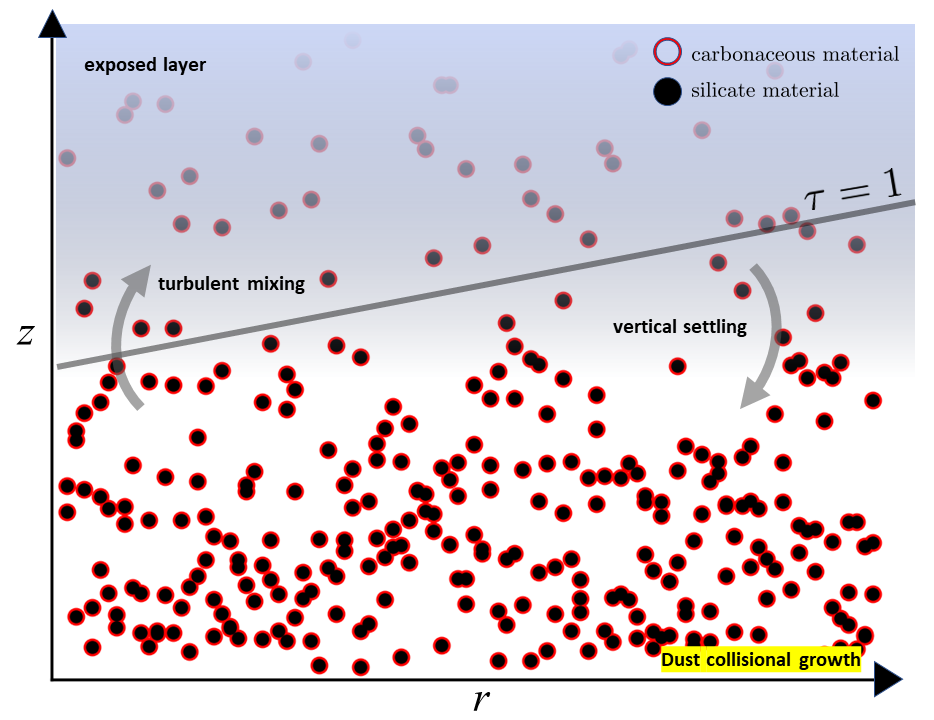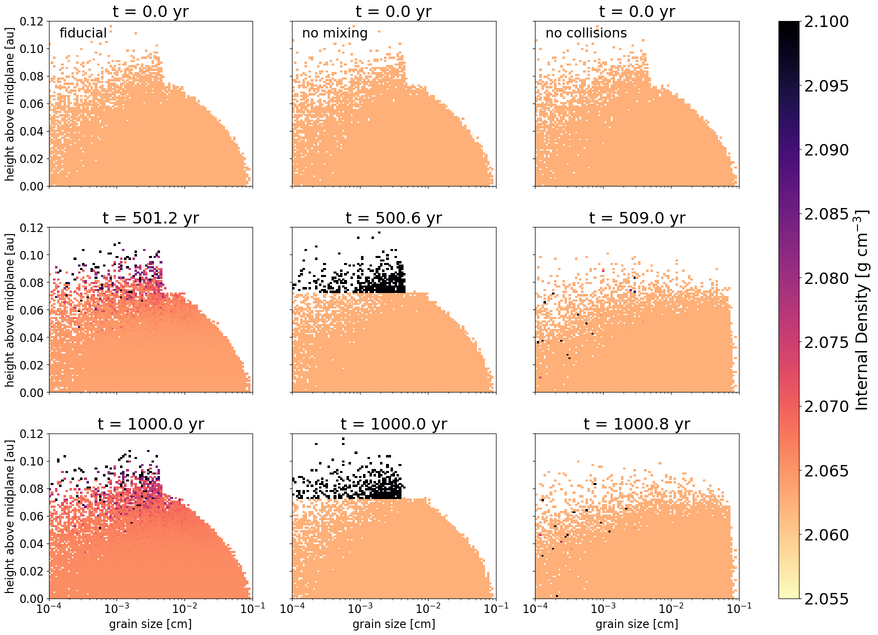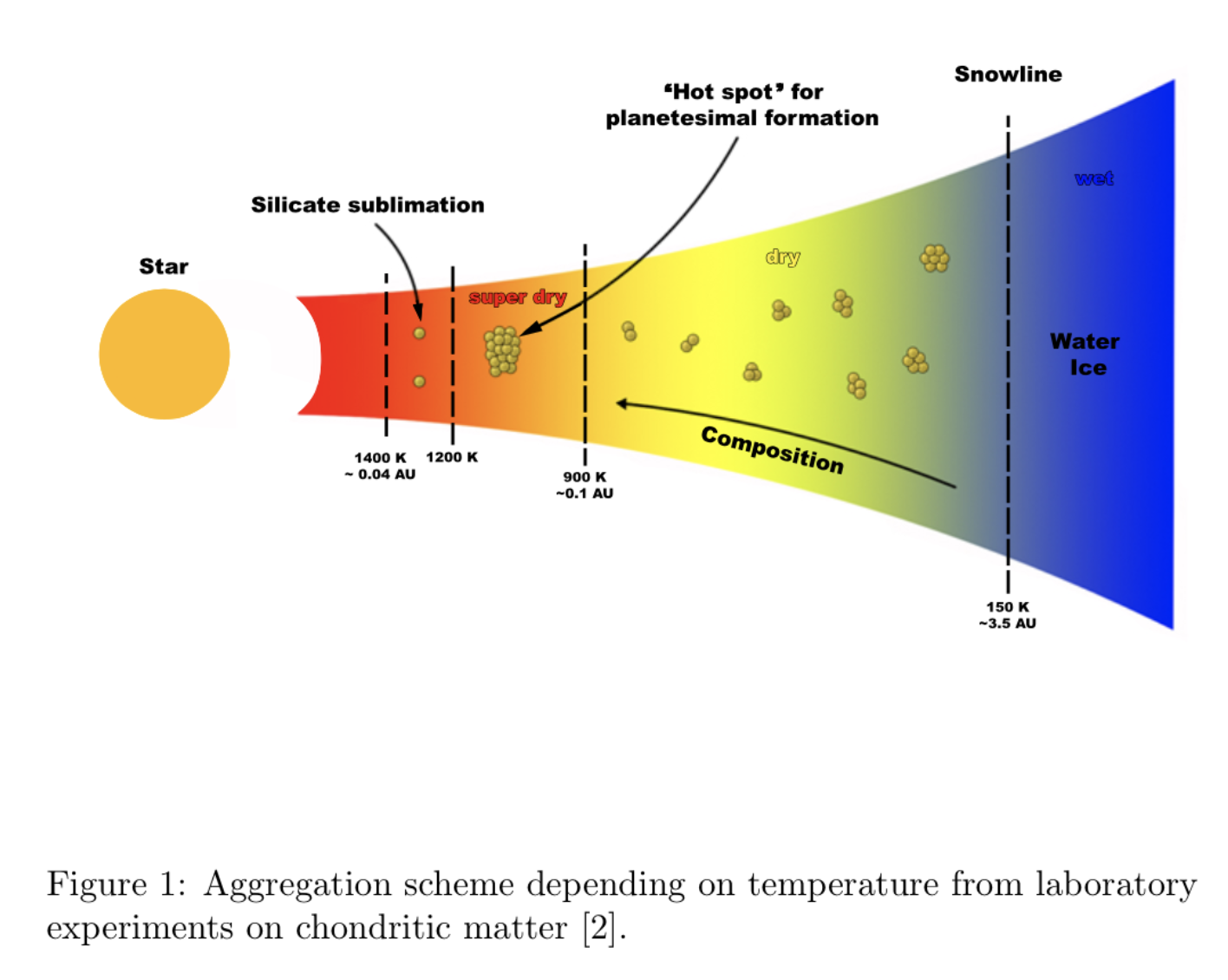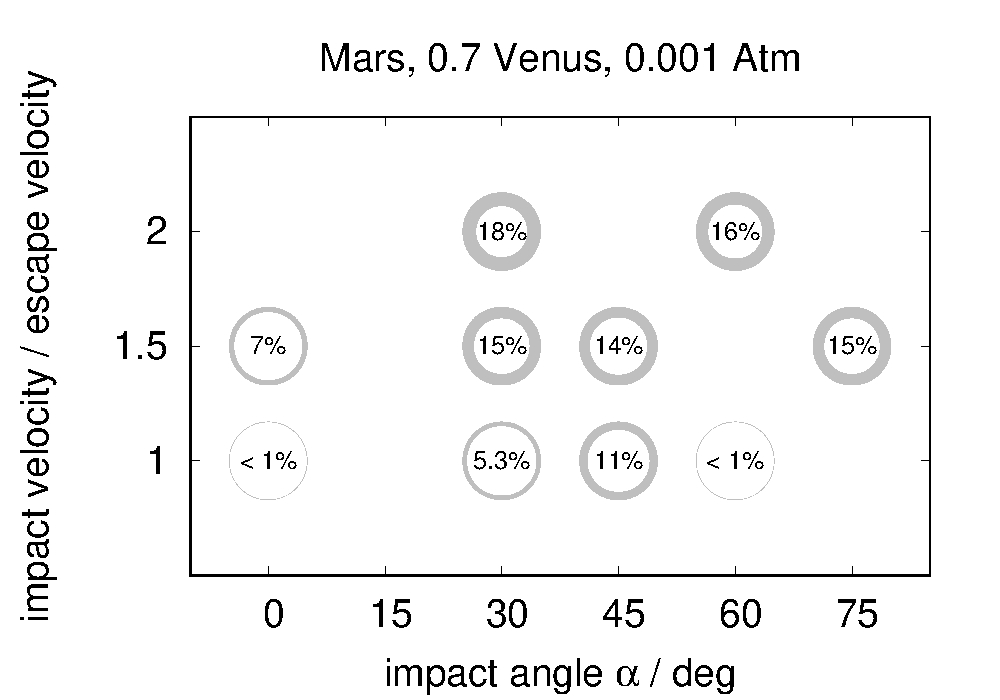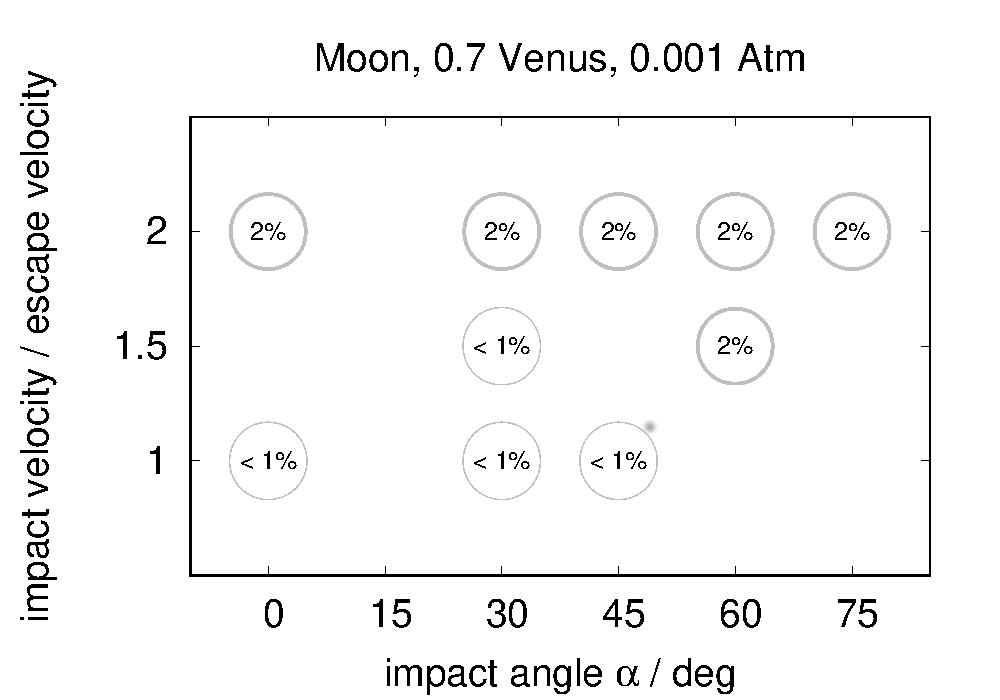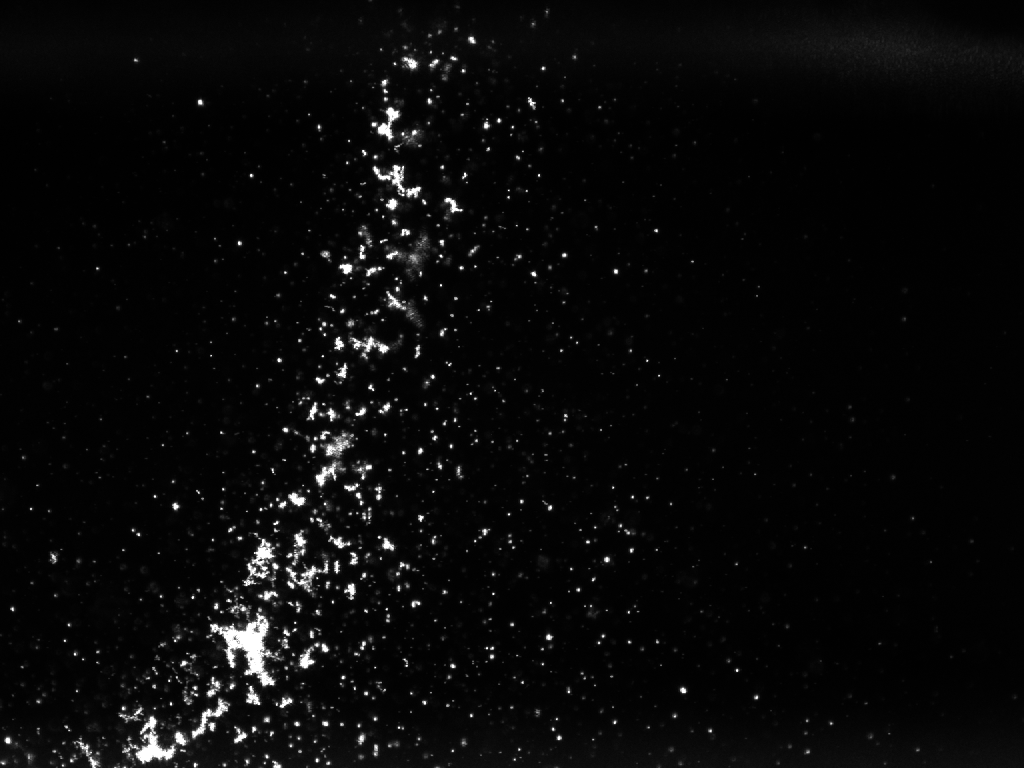EXOA5
Devolatilization During Rocky (Exo)planet Formation: Mechanisms, Simulations, and Observations
Convener:
Haiyang Wang
|
Co-conveners:
Paolo Sossi,
Joanna Drazkowska,
Ramon Brasser,
Amy Bonsor,
Helmut Lammer,
Sascha P. Quanz
Session assets
Discussion on Slack
Orals: Wed, 21 Sep, 10:00–13:30 | Room Andalucia 3
Chairpersons: Haiyang Wang, Paolo Sossi
10:00–10:05
Introduction
Devolatilization (mechanisms, simulations and observations)
10:05–10:25
|
EPSC2022-999
|
solicited
|
MI
10:40–10:55
|
EPSC2022-488
11:10–11:25
|
EPSC2022-678
|
ECP
Coffee break
Chairpersons: Joanna Drazkowska, Haiyang Wang
The reciprocal planet formation process and beyond
12:00–12:20
|
EPSC2022-316
|
ECP
|
solicited
|
MI
12:20–12:35
|
EPSC2022-647
|
ECP
12:50–13:05
|
EPSC2022-421
|
ECP
13:20–13:30
Discussion
Posters: Mon, 19 Sep, 18:45–20:15 | Poster area Level 2
Chairperson: Haiyang Wang


